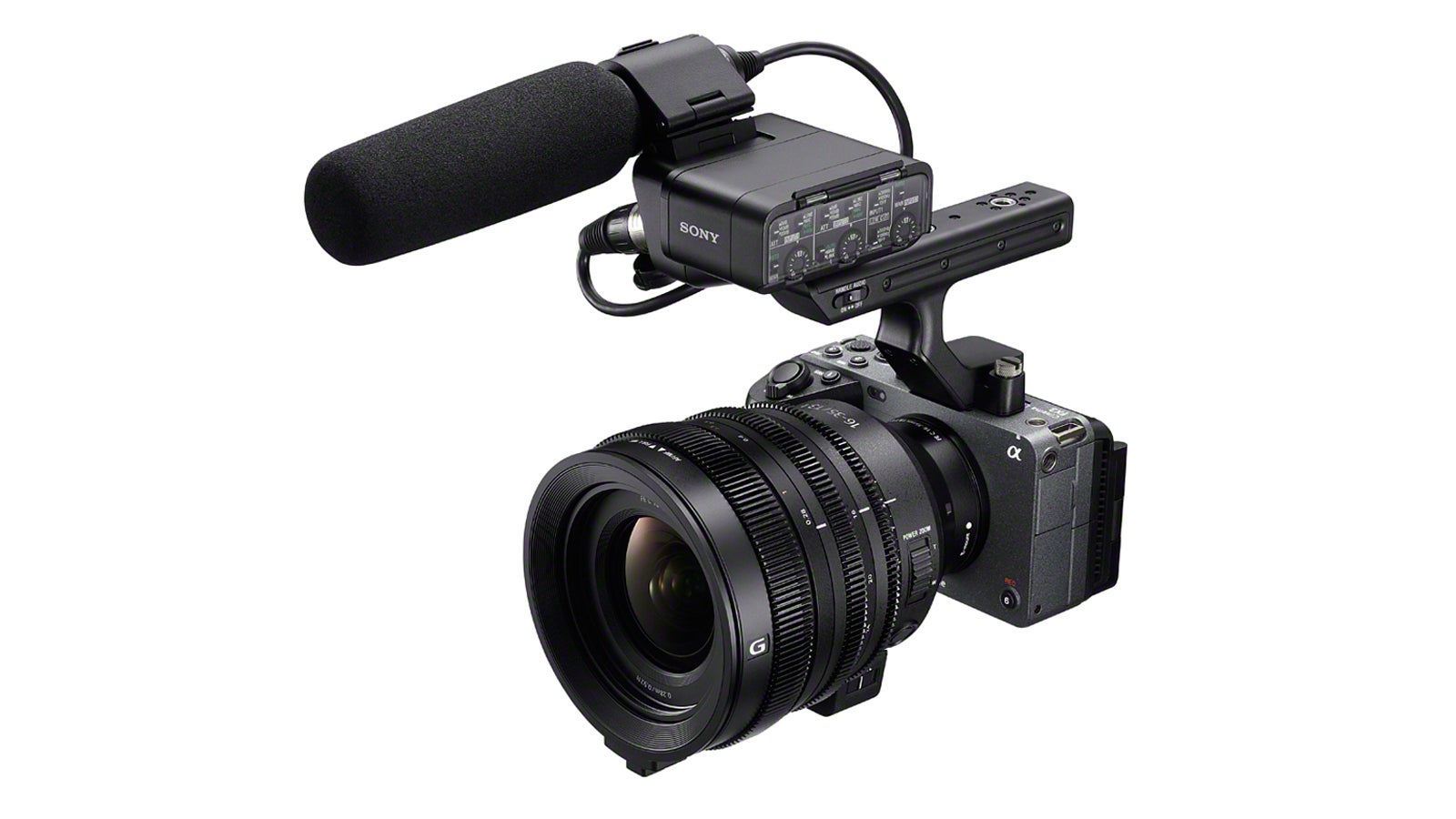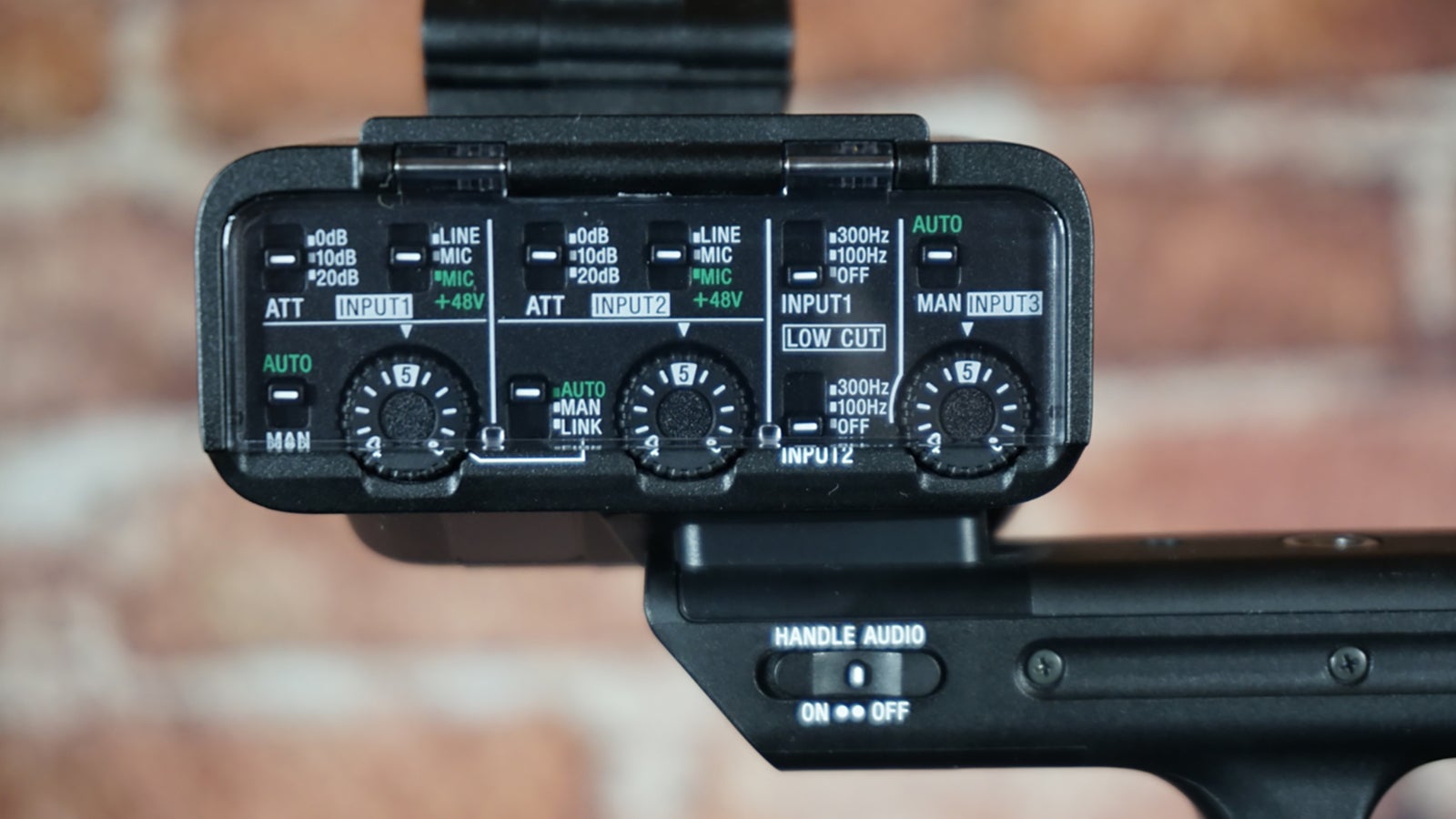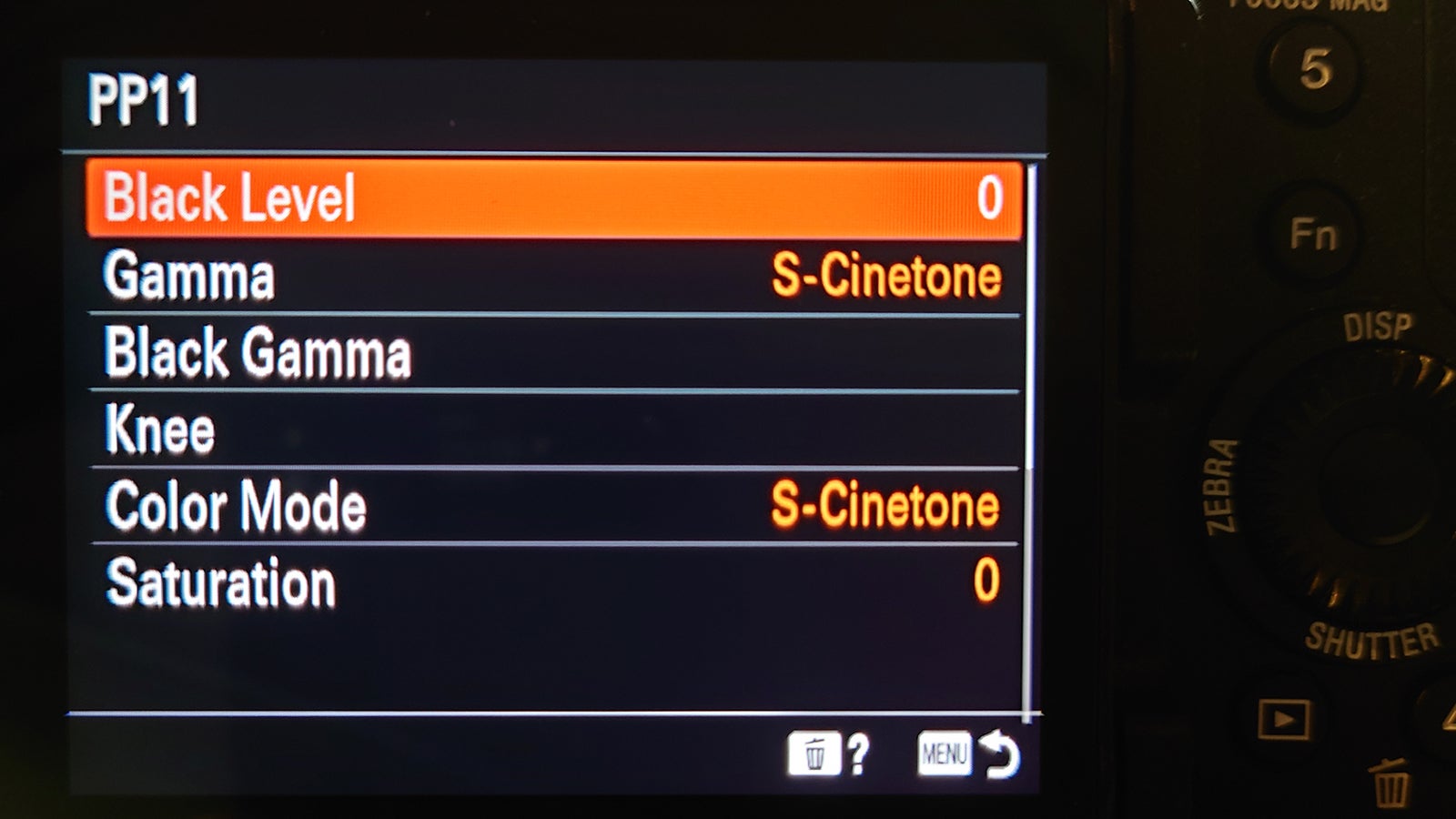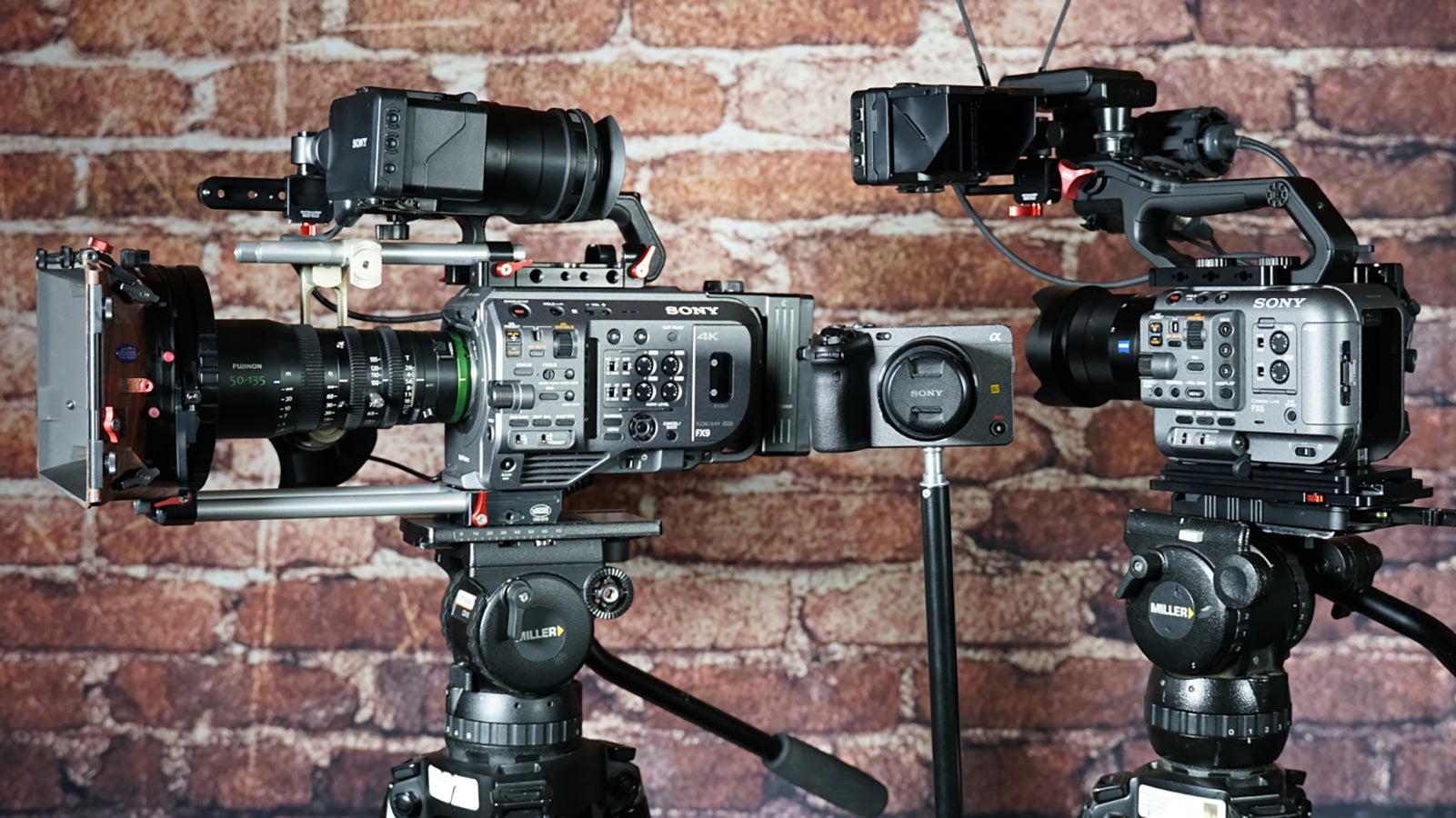
03-22-2021 - Gear, Technology
The Sony FX3 – What’s it all about? A Brief Review by Alister Chapman
By: Alister Chapman
Alister Chapman is a regular contributor to SonyCine.com. Check out his website at http://www.xdcam-user.com.
Sony’s new FX3 camera is an interesting one. On the one hand it is extremely similar to the already very popular Alpha A7S III. But at the same time there are some small but key differences that really do make it a different camera. Since its launch there has been a lot of discission about it with many people wondering why Sony would release a camera so similar to another.

Photos above and top of page by Jeff Berlin
In terms of picture quality there is no difference between the FX3 and A7S III. Both cameras have the same sensor, same recording options including S-Log3 and a 16bit RAW output, as well as the same internal codecs. Both cameras are incredibly sensitive, have very low noise levels and offer over 15 stops of dynamic range when shooting with S-Log3 or outputting RAW. Both use the same E-mount lens mount and have the same amazing autofocus system with touch to focus and focus tracking. Turn them both on and dive into the menus and again they both appear the same.

So what makes the FX3 different and who would benefit from the differences?
Looking at the outside of the FX3 the first thing one might notice is that the FX3 comes with a large handle that attaches to the top of the camera. The handle slots into one of Sony’s MI-Shoe mounts and is further secured to the top of the camera by two ¼-20 bolts. This makes the handle extremely secure, so you don’t need to worry about carrying the camera with a heavy lens this way. There is no need to use a heavy cage that can often block access to the camera’s controls just to add a solid handle, as one would with the A7S III.
In addition, at the front of this handle there are two full size dual function XLR/TRS sockets as well as rotary dials to control and set the audio levels manually without having to go into the menus. Plus, there are switches to select phantom power, mic or line level, etc. XLR is the connector of choice in the world of professional film and video. It locks into place and normally uses balanced wiring to minimize noise and other issues. So having the ability to use either XLR or TRS via the handle really helps this camera to fit into a professional environment. In addition to the XLRs on the handle there is also a 3.5mm audio socket on the camera body. By using both the XLRs on the handle and the 3.5mm socket on the cameras body you can get 4 channels of audio into the camera. If you don’t want to use the handle, you can just use the 3.5mm socket or add any MI-Shoe audio device to the camera such as one of Sony’s UWP-D single or dual channel radio mic receivers or the Sony ECM-B1M digital shotgun microphone.

Photo Alister Chapman
When you do remove the handle what you are left with is a camera with an almost completely flat top. By removing the viewfinder and changing the type and layout of the camera’s dials and buttons Sony have been able to make the top of the camera almost completely flat. Plus when the handle is removed you have the two ¼-20 mounting points available to use to either add accessories to the camera or for mounting the camera.
One particular application that I foresee for the FX3 is as a camera for car, boat or aircraft applications. It would be a great contender for a camera for motoring shows or fly-on-the-wall shows where you need a higher image quality than can be delivered by sports or action cameras. The way the camera’s LCD can be flipped out and around so that it is visible from in front of the camera makes installation and framing easy. The shallow depth of the camera means you can get the lens closer to the sides of a car than would be possible with a traditionally shaped video camera. In addition, the camera can be monitored and remotely controlled via a mobile phone with the Imaging Edge application.

Photo Alister Chapman
Often when filming in cars the camera will be sitting in the sun where it may get very hot. The FX3 has a significant advantage over the A7S III for shooting in hot environments or for extended periods by the inclusion of a cooling fan. The FX3’s fan allows it to deal with high temperatures much more easily than a passively cooled camera like the A7S III. This means you can shoot continuously with the FX3 without worrying whether it’s going to shut down at just the wrong moment. The cooling fan and extended record times that come as a result will be particularly important to those looking for a “B” camera for longer interviews, when filming conferences, concerts or other stage shows and performances.
One further thing to note about using the FX3 as a B camera, perhaps to complement an FX6 or FX9 is that as a part of Sony’s Cinema Line it includes not only S-Log3 but also Sony’s S-Cinetone gamma curve. S-Cinetone is included in the FX9, FX6 as well as the Alpha 1 and A7S III (A7S III owners may need to update their firmware to the latest version to get S-Cinetone). It provides a beautiful, uniform look across all of these cameras without the need for any grading. To ensure that you get the best color match I recommend that you white balance each camera by taking a white balance off a white card. This will help eliminate any color differences in the lenses that you are using as well as any small calibration differences.

Photo Jeff Berlin
And what about the color and look of the FX3’s exterior? Apart from looking nice in grey (at least I think it looks nice), the grey finish matches that of the FX6, FX9 and Venice. In a way it is a statement that this camera is not just another mirrorless camera with great video functions but something just that little bit different. And while the way a video camera looks makes absolutely no difference to the images it produces, it can be a consideration on some shoots. The fact that the FX3 has the same color and finish as the FX6, FX9 and Venice shows clients, producers, directors, etc., that it is supposed to be used together with them. That it’s not just some other camera picked at random or because it was inexpensive, but that it is a camera which will deliver images that will match the others.

Photo Jeff Berlin
Looking again at the top of the FX3 the placement of the buttons is very different to the A7S III. This is not only to assist with getting the top of the camera flat but also to make it easier to use when shooting video. There is a large record button as well as a thumbstick that can be used to navigate the menus or other functions when you are unable to make use of the touch screen. Right at the front of the camera there is the shutter release for when you are using the FX3 as a stills camera – the FX3 can still be used as a fully functioning stills camera. Under the shutter release is a lever that can be used to control a power zoom lens or the camera’s clear image zoom function. In addition, there are three separate buttons for Iris, White Balance and ISO. These can have different functions assigned to them if you wish. But by default the White Balance and ISO buttons mimic the operation of the Iris, White Balance and ISO/Gain buttons on the FX6 and FX9. This helps to make the operation of the FX3 more familiar and transparent to someone used to the FX6 or FX9. They also make the FX3 easier to operate handheld as these buttons can be pressed by your index finger while you are hand holding the camera.

Photo Alister Chapman
The one downside to the FX3, compared to the A7S III for me is the loss of the electronic viewfinder. While the LCD screen is very good and useable most of the time, it can be a struggle to see any unshaded LCD screen in bright sunlight. But at the same time, I think it is fair to suggest that holding a camera like this up to your eye without any additional support for extended periods is tiring and impractical, especially if you are using a heavy lens. On a tripod getting your eye up to the fixed EVF on the back of any mirrorless or DSLR camera is tricky especially if the camera is at any height other than eye height. So, while it would have been nice to have retained the EVF, I don’t feel that it is too big a loss. I think that most users will benefit more from the sturdy handle attached to the nice flat camera top or the ability to mount the camera upside down or via the ¼-20 mounts on the top.

Photo Jeff Berlin
The FX3 is a camera I will be getting primarily as a complement my FX9. It fills in a couple of gaps and will give me a B camera when I need to shoot two angles at the same time. I know I won’t have any grading or matching concerns. I know I will be able to shoot for extended periods without issue. I will also use it for in-car shots where the FX9 is just too big. I can mount it on the hood of a car with a simple suction mount for some of my travel shoots. And you know what – there will be times when it will be my “A” camera. Perhaps when travelling light to some remote corner of the globe.




